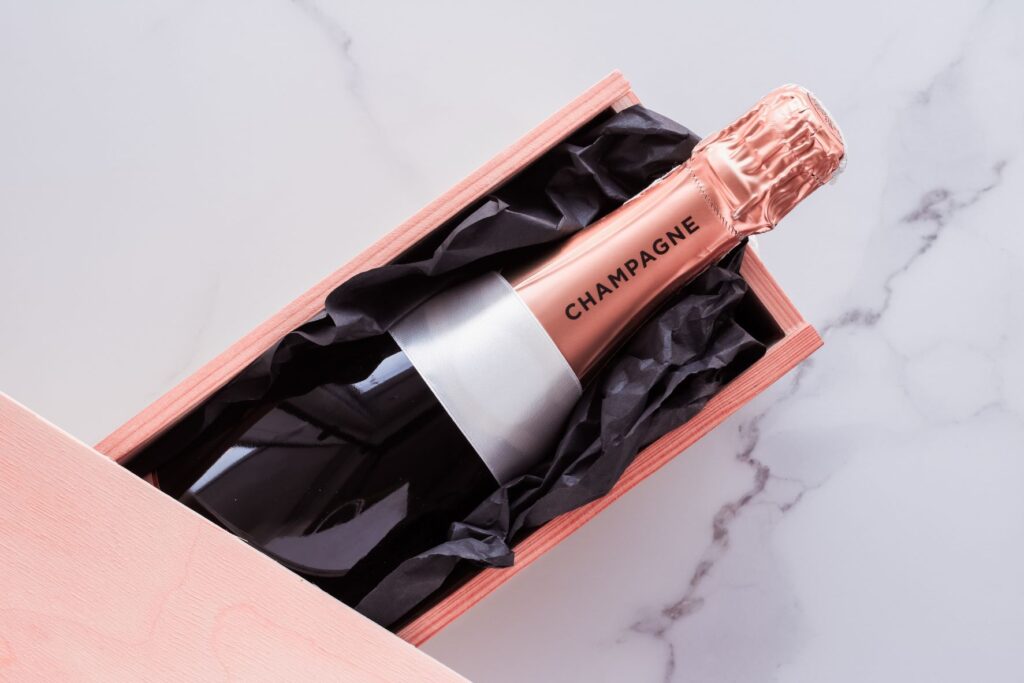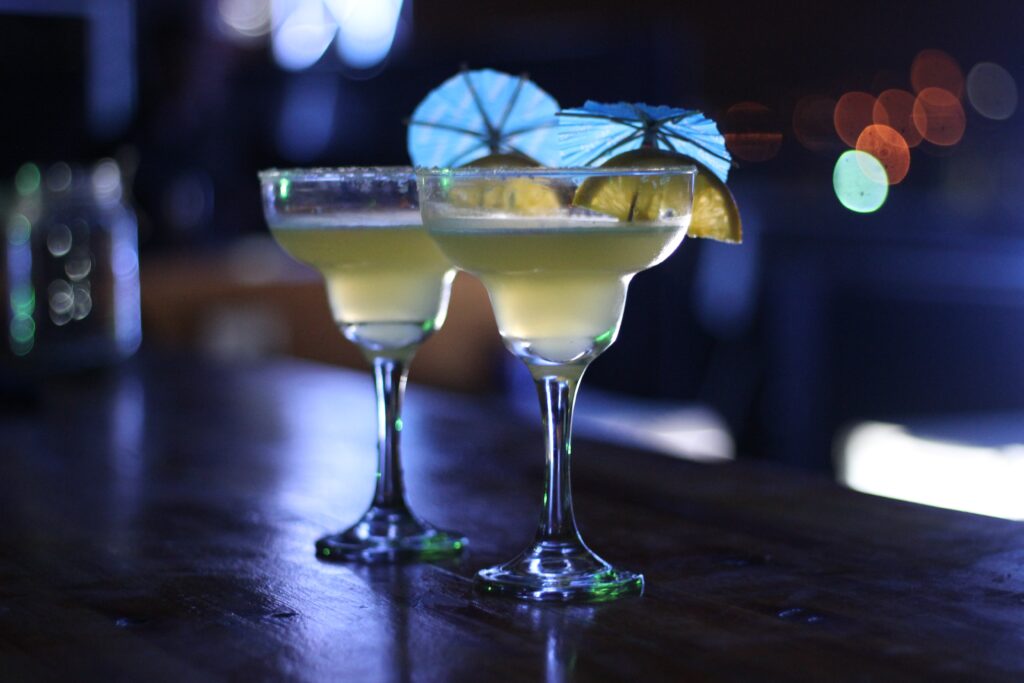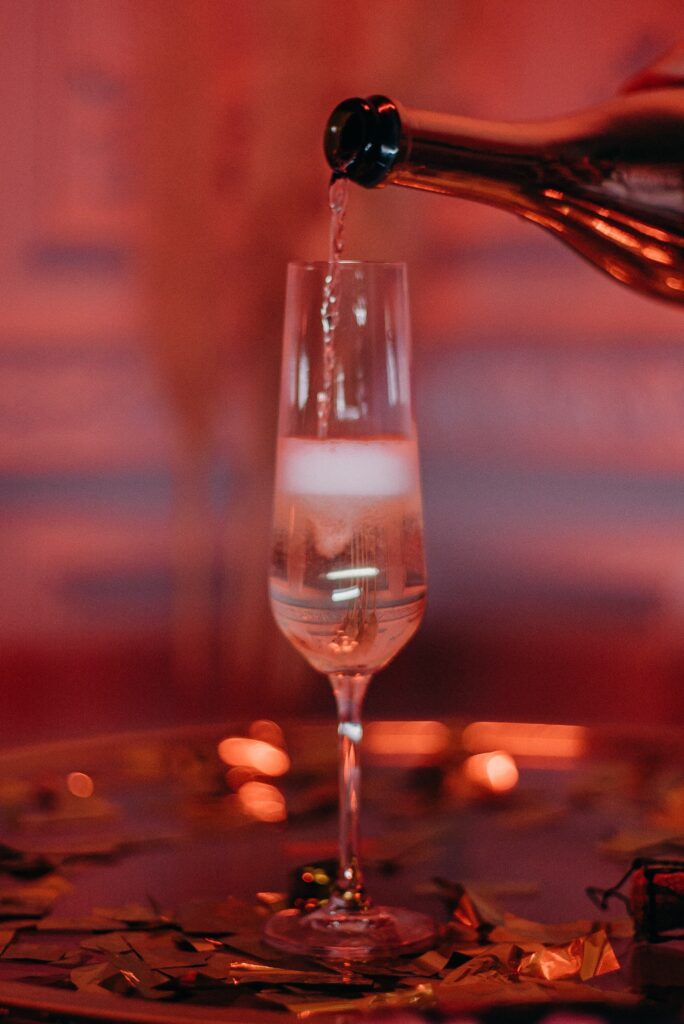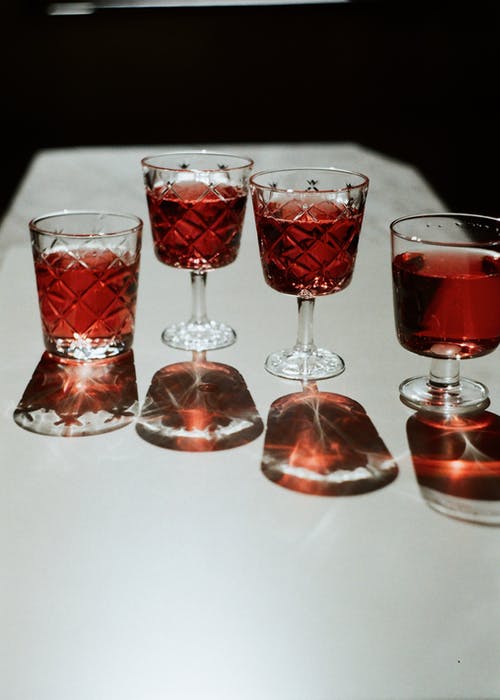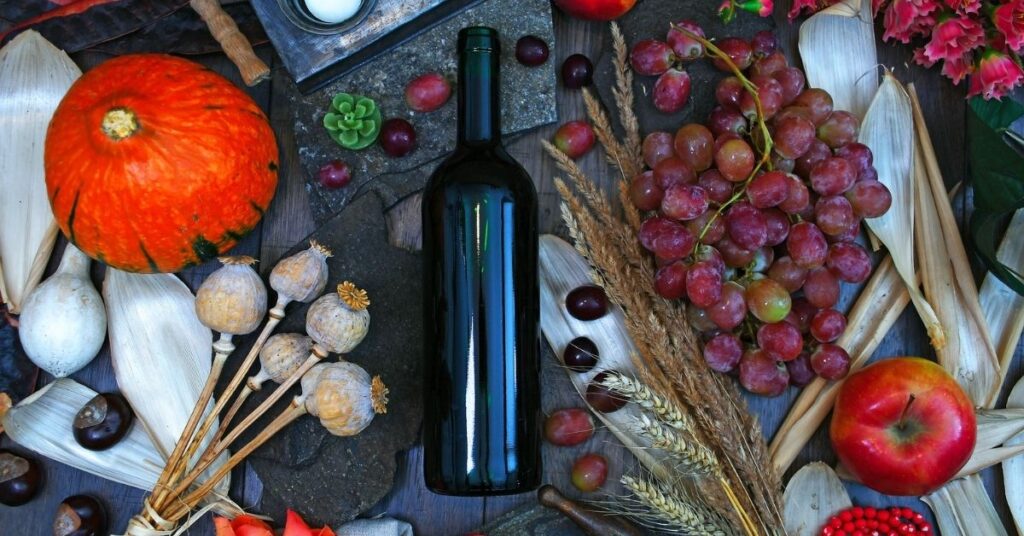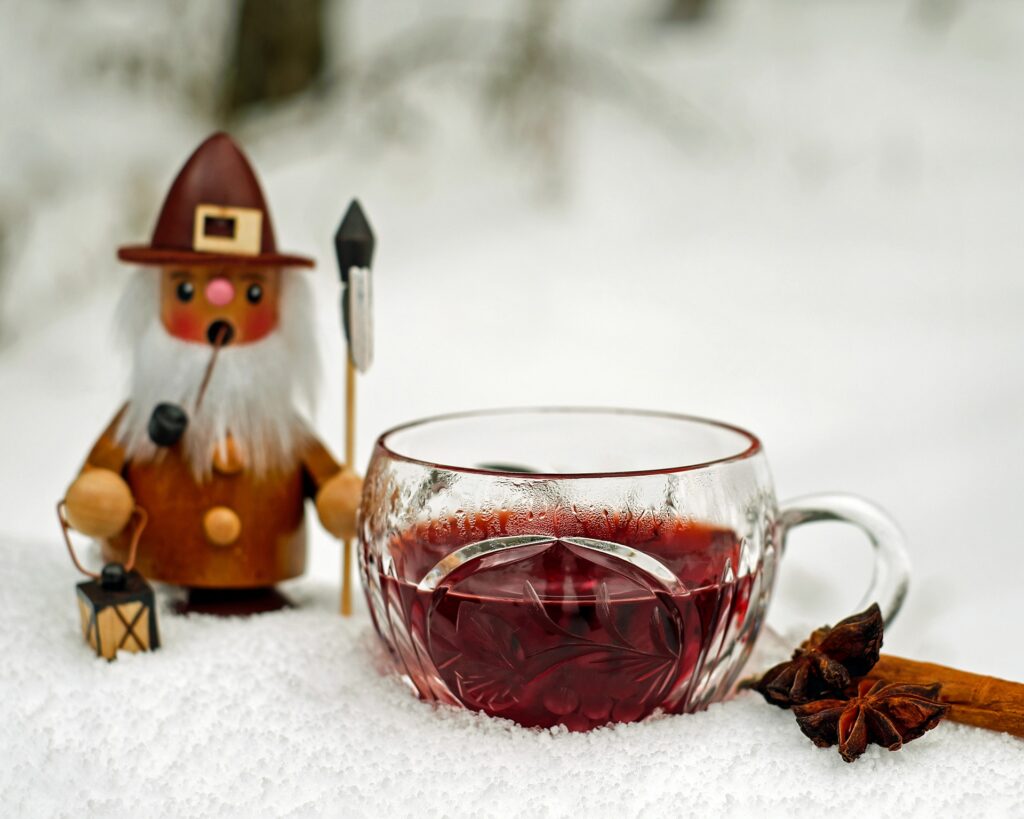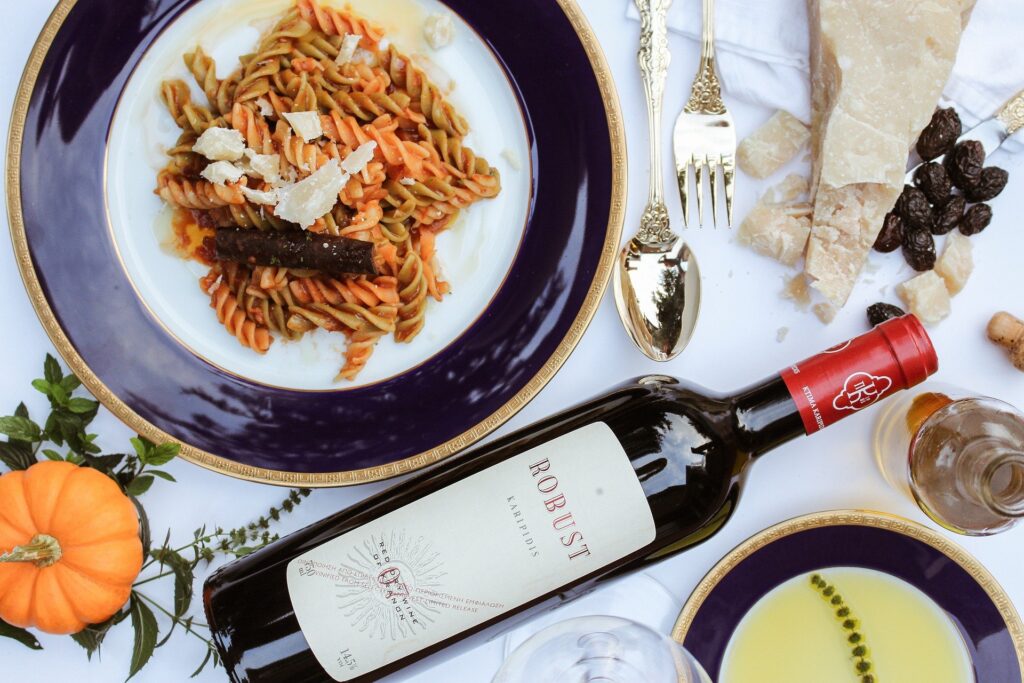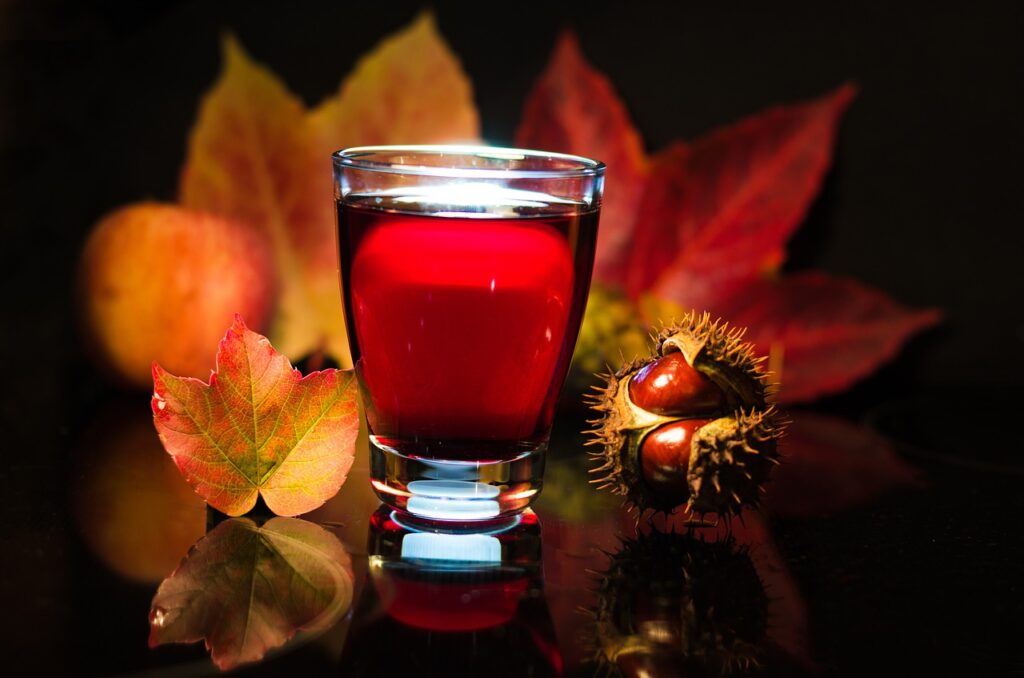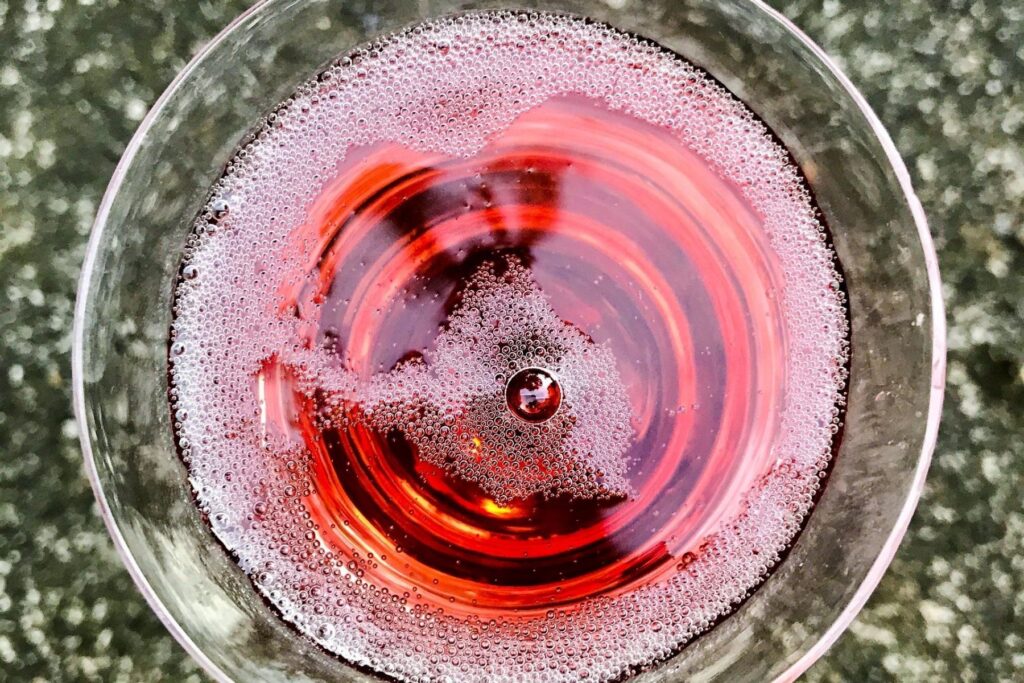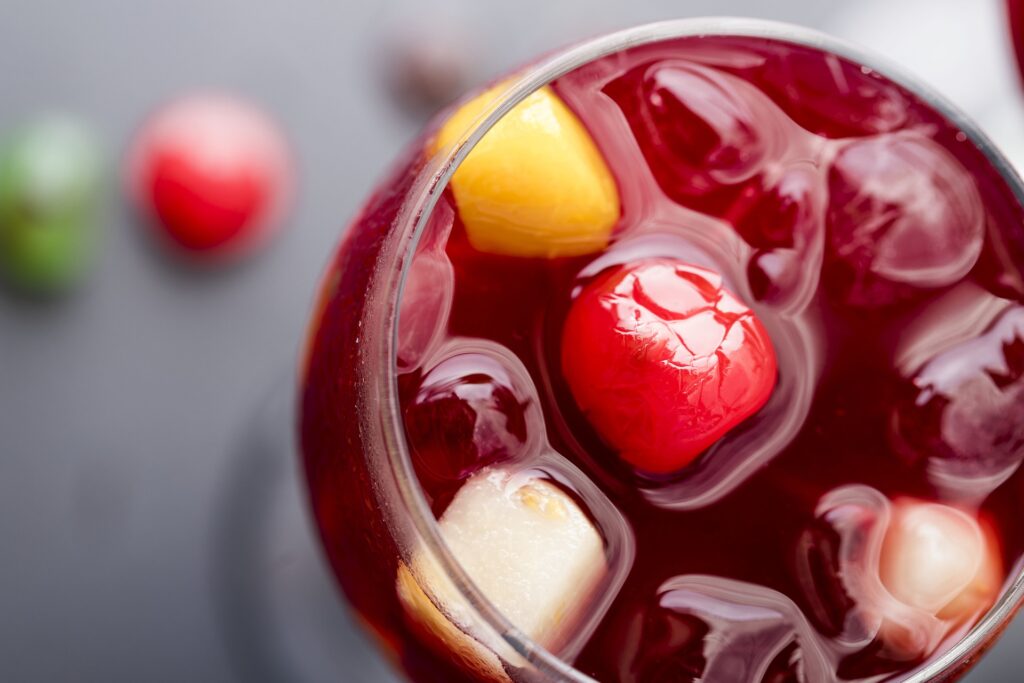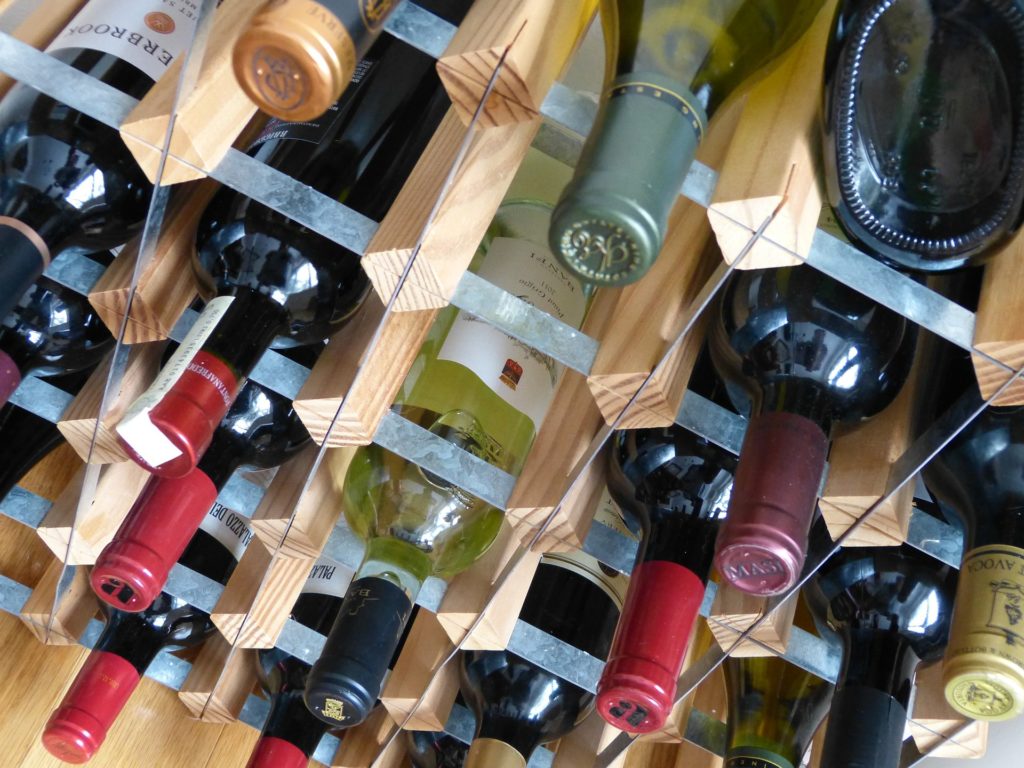Summer is the traditional time of year for romance—and the weddings that naturally follow. We’re sure you’ve been invited to at least one wedding this year, and if you have, you may be wondering what to give as a gift. With so many more couples cohabiting before marriage, the traditional wish list or gift registry might not be relevant. For couples who enjoy hosting, cocktails and libations, or cooking dinner together, opting for a wine gift can be the perfect solution. Here are a few tips for picking a fabulous wine gift for the happy couple.
Choose by the Label
Listen, we all know the adage “never pick a book by its cover.” We also know almost everyone has done this at some point in their lives, especially when it comes to wine. If the couple is quirky, they might enjoy a wine with a fun label or an interesting backstory. If they’re casual drinkers or wine enthusiasts, they will enjoy their gift and the label as a package deal.
Choose a Classic
If they’re casual drinkers but you’re not sure about their wine preferences, the best option is to pick something that is widely liked. While not everyone is into the California wine craze, the casual consumer will likely be happy with a bottle or two from the Golden State. Dark Horse wines can be a great option, available in Cabernet Sauvignon, Chardonnay, Pinot Noir, and all the recognizable varieties. Plus, they’re affordable and will be a nice gift that won’t break the bank.
If you’re wanting to choose a well-loved varietal, you should know that cabernet sauvignon is the most popular wine in the United States. Its flavors range from jammy to vegetal, and there’s a great deal of variety out there—plus some great wines. The Arancio Cabernet Sauvignon has a pretty label and is a tasty, affordable bottle. The Recanati Cabernet Sauvignon is an interesting cabernet from Israel, with bold, earthy flavors and a mid-range price that may be more suitable for gift giving.
Don’t Skip the Dessert
Dessert wines are experiencing a resurgence, so why not opt for something a little more special in a dessert wine? Port may be a little old-fashioned sounding, but there’s a great deal of variety and much to explore. The tawny variety typically has a more golden-brown color and can range from sweet to medium dry, while the ruby variety is a rich red in color and typically full bodied and fruity.
Moscato is also gaining huge popularity with the younger crowds and it’s easy to see why. A nice, sweet, fruity flavor makes for easy drinking. When the Moscato has a fizzy element to it, it can seem even more special. The Spinetta Moscato d’Asti has the light effervescence and sweet flavor that’s sought after in a Moscato. Plus, the price is mid-range, making a bottle or two an excellent choice for a wedding gift.
Red, Red Wine
Red wines are more popular among wine-drinking adults in the US, so you can’t go wrong with a red. Aside from cabernet sauvignon, pinot noir is always an excellent choice. Marlborough is a noted region for pinot production, and the Babich Pinot Noir combines elements of sweet, dark fruits, and earthy flavors. With this mid-range price, you can’t go wrong with pinot.
If none of these options suit your fancy, stop into your local Payless Liquors location and chat with our knowledgeable staff. Or, take our ultimate piece of advice—when all else fails, opt for a bottle of Dom Perignon.

